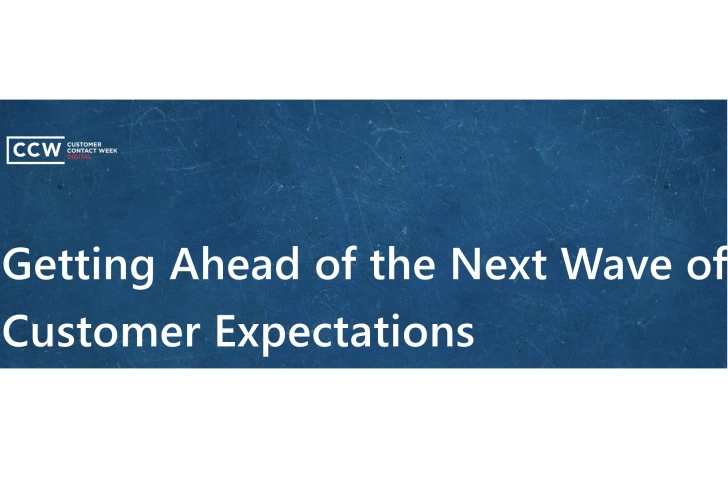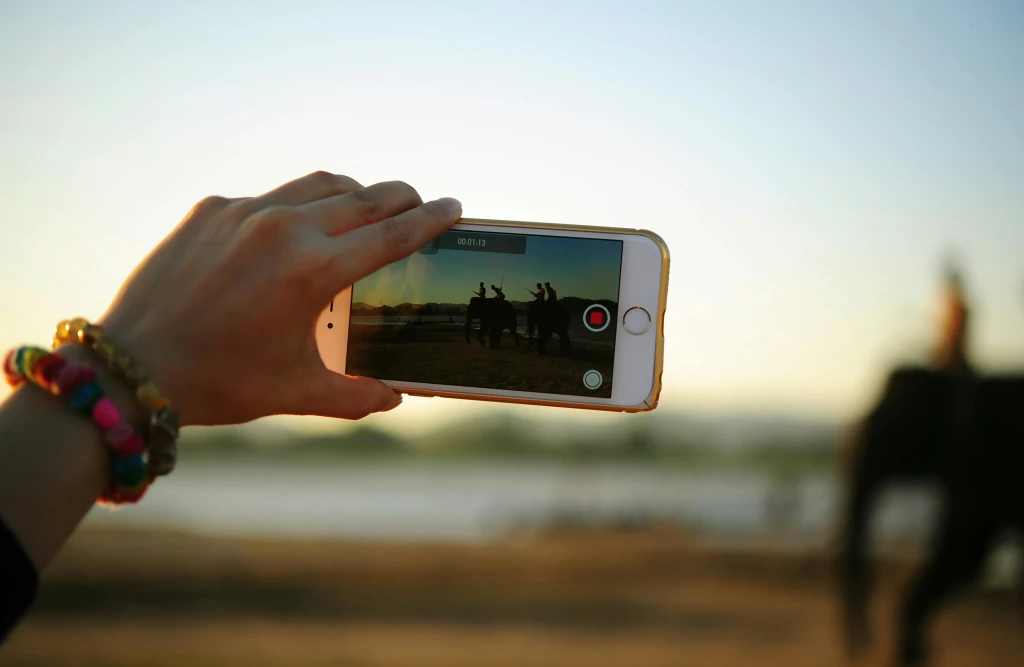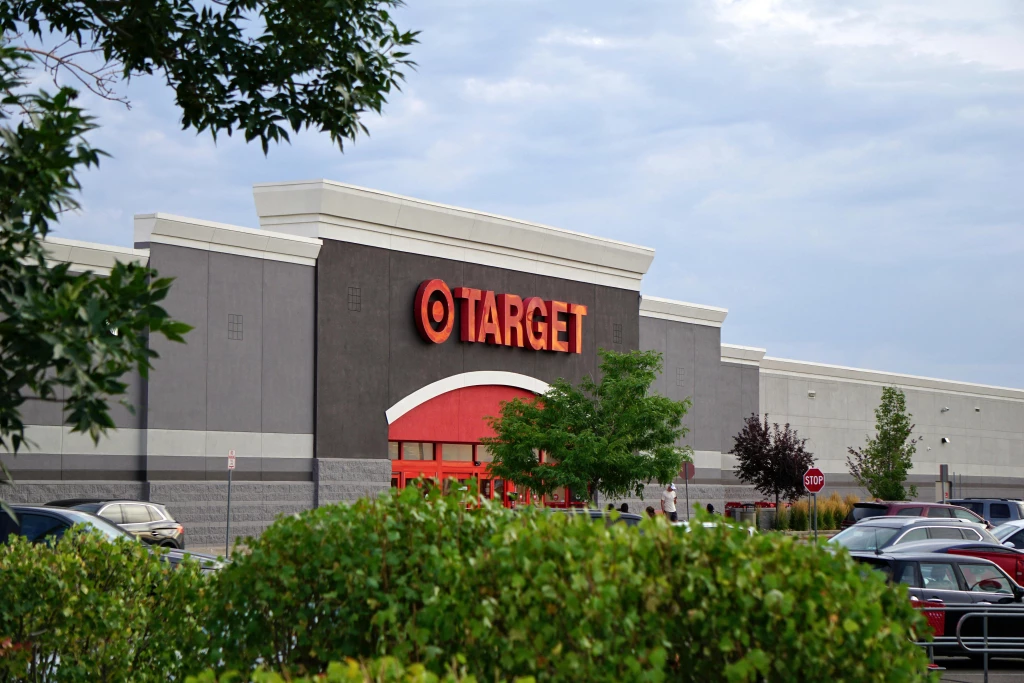CX Technologies Improving the Fast Food and Fast Casual Industry
Customers think this industry has improved the most in this past year, something we believe is a result of technologies and processes that enable every order to be more efficient and personalized than ever before.
Add bookmark
Fast food and fast casual restaurants are doing something right in 2024. In our annual customer preferences study, published June 2024, CCW Digital found that this is the industry customers believe has been most improved in their customer service and experience in the past year. This is particularly significant, given that 55% of customers believe customer service has gotten worse overall.
In the United States, fast food chains are institutions. The most successful businesses in the fast food and fast casual industry provide meticulous consistency in their products and service, cementing their reliability in a crowded market. Efficiency and smoothness are especially critical. Customers are looking for absolute convenience when they dine in these establishments, and by maintaining these consistent standards these brands keep their customers coming back time and time again.
There are often higher expectations for the quality and timeliness of these dining experiences, which puts pressure on the chains’ CX leadership to remain competitive by adopting the latest processes and technologies available. However, sourcing CX tools and AI-augmentations that work well within the myriad local markets of these global, multi-billion dollar companies is not easy.
The best solutions are tools that provide the fastest possible service without compromising on accuracy, or creating excess work for their customer. We explored some of the recent innovations in this industry and how digital has generated such positive customer experiences.
QSR kiosks
We know that customers are very receptive to self-service, particularly when the task is simple and straightforward. The biggest development on the customer side of fast food in recent years is the quick-service restaurant (QSR) kiosk. The QSR kiosk essentially removes the middleman from the traditional ordering model, in which a customer recites their order to a cashier who inputs it on a point-of-sale (POS) system.
Improved efficiency would be great on its own, but the QSR kiosk improves the customer experience in other ways, too. Most fast food and fast casual operations allow substitutions and alterations to most of their products, but they generally don’t encourage it (with exceptions of expressly made-to-order offerings from businesses like Chipotle and Five Guys). The QSR kiosks promote seamless personalization by allowing customers to customize their selections and peruse the entire menu without worrying about holding up the line. Upselling, a key component of the traditional fast food service experience, is also done successfully by the kiosk, offering targeted upsell suggestions based on the customer’s order.
Online ordering
Most fast food and fast casual chains make ordering online very easy, either with a mobile app or a dedicated POS website. By using a system that requires customers to create an account, they become privy to exponentially more data about the overall customer journey and the individual’s preferences. This data can be used to create the most personalized, streamlined experiences possible; allowing customers to reorder their favorite selections from their local store in just one click.
Every kitchen balances customer wait times with freshness, ultimately aiming to provide each customer their order in only a few minutes. In the past, managers and crew members would have some lead time to prepare for a rush of customers when they observed the drive-through line fill up, or watched an entire soccer team pile into the restaurant. With online ordering, orders of any size can come in at any time, leaving team members in the dark. When CX leaders adopt tools that support online ordering for fast food and fast casual, it is imperative to use systems that take into account the real-world parameters of their kitchens. Looking at the big picture of these implementations will go a long way, not just operationally, but in inspiring confidence in the team members who will work with them the most.
Interestingly, delivery is where many of these companies choose to outsource. Many fast food and fast casual restaurants partner with courier services like Doordash or UberEats to gain access to their massive delivery networks rather than staff delivery drivers. It is widely expected that there be discrepancies in quality of service from courier services given the freelance nature of the job, and it is significant that McDonalds would formally partner with, and stake their reputation on, those delivery services. This is yet another indicator that convenience and efficiency outvalue the other aspects of service for today’s customers.
Looking ahead
There are certainly some downsides to the widespread reliance on digital. When these stores adopt complicated technology, they take on the risk of encountering technical issues that may not be easily resolvable without having someone well-versed in the system on site. And while it is highly unlikely dining establishments phase out human cashiers altogether anytime soon, it is clear that what makes these adoptions so successful is the ever-present option of a live agent.
The fast food and fast casual restaurants that will see the most success in coming years will be providing a seamless omnichannel experience. People are more receptive than ever to self-service, and this industry has found a way to implement new technology in a way that simplifies the customer experience while providing personalization. Ultimately, this personalization results in value for both the customer and the company.
Image by Ready Made on Pexels.























